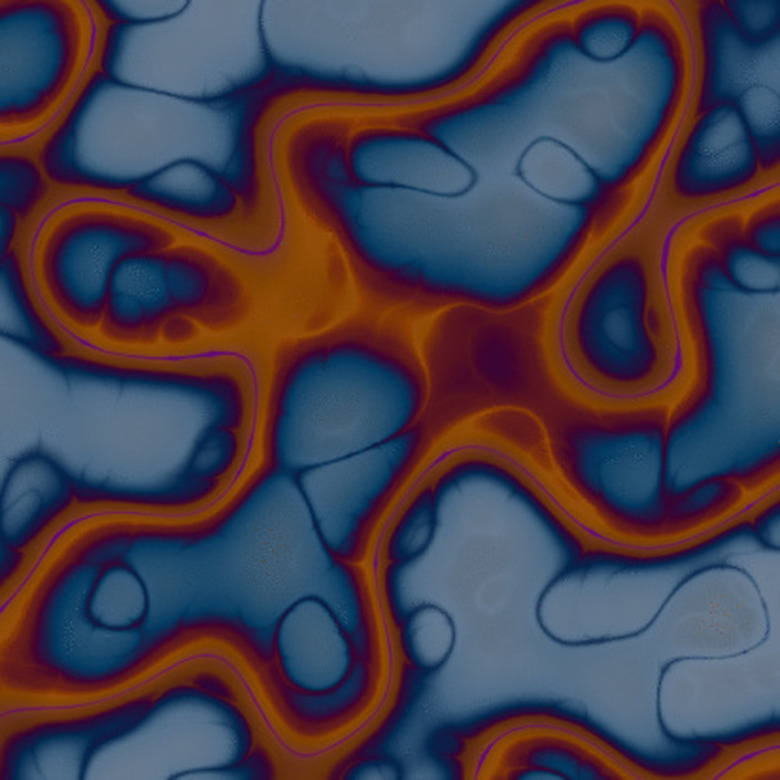Organelles Found In Both Plant & Bacterial Cells
Cells may be the basic unit of life, but their structures and functions differ greatly between living things. Plants are complex organisms and their cells contain many specialized organelles that carry out a variety of functions. Bacteria are simple, single-celled organisms. Bacteria organelles are fewer in number and less complex in design than plant organelles. Plant and bacteria cells share some basic structures that are necessary for cellular functions.
TL;DR (Too Long; Didn't Read)
Plant cells and bacterial cells both contain organelles that house DNA, produce proteins and provide support and protection to the cells. However, bacterial organelles are not membrane-bound.
Prokaryotes and Eukaryotes
Prokaryotes and Eukaryotes
Plants and animals are multicellular, eukaryotic organisms with cells that contain specialized organelles. Bacteria are single-celled, prokaryotic organisms. Eukaryotic cells are more complex than prokaryotic cells both in structure and function.
Bacterial cells have a simpler design but are larger in size than eukaryotic cells. Like plants and animals, bacteria must be able to carry out basic functions of life within their cells. Some of the same organelles are found in plant cells, animal cells and bacteria cells, including ribosomes, cytoplasm and cell membranes. All organisms require cellular structures that can:
- Store and manage genetic material.
- Synthesize proteins.
- Provide a medium that makes up the volume of the cell and allows movement of materials around the cell.
- Maintain the shape and integrity of the cell.
The Control Center
The Control Center
In plant cells, the nucleus contains DNA and controls the functions of the cell. The nucleus also contains another organelle – the nucleolus – which produces ribosomes. The nucleus and nucleolus are surrounded by the nuclear membrane.
Bacteria also have an organelle that contains DNA and controls the cell. Unlike the nucleus in plant cells, the nucleoid in bacterial cells is not held within a membrane. The nucleoid refers to an area in the cytoplasm where strands of DNA congregate. In bacteria, DNA form a single, circular-shaped chromosome.
The Protein Factory
The Protein Factory
Plant, bacteria and animal cells all have ribosomes that contain RNA and proteins. Ribosomes translate nucleic acids into amino acids to make proteins. Proteins form enzymes and play a role in every function within cells. Plant ribosomes are made of more strands of RNA than those in simpler bacterial cells.
Plant ribosomes are usually attached to the endoplasmic reticulum. Bacteria do not have this organelle, so the ribosomes float freely in the cytoplasm.
The Cellular Matrix
The Cellular Matrix
Cell organelles are suspended in a gelatinous material called cytoplasm that makes up most of the volume of the cell. In bacterial cells, the genetic material in the nucleoid and ribosomes, nutrients, enzymes and waste products float freely in the cytoplasm.
Plant organelles are suspended in cytoplasm, but each organelle is contained within a membrane. Specialized organelles store and transport nutrients, wastes and other materials around the cytoplasm.
Membranes and Walls
Membranes and Walls
Both plant and bacterial cells are surrounded by a rigid cell wall. The cell was serves to protect the cells and give them shape. Cell walls in plant cells are made of cellulose and give structure to plant tissues.
The cell wall is especially important for bacteria because it protects the single-celled organisms from harsh environments and pressure differentials between the interior and exterior of the cell. Pathogenic bacteria have an additional exterior layer called the capsule that surrounds the cell wall. The capsule makes these bacteria more effective at spreading disease because they are more difficult to destroy.
Both plant and bacterial cells contain a cytoplasmic membrane. This layer lies interior to the cell wall and encases the cytoplasm and organelles.
Cite This Article
MLA
Mentzer, A.P.. "Organelles Found In Both Plant & Bacterial Cells" sciencing.com, https://www.sciencing.com/organelles-found-plant-bacterial-cells-8255481/. 25 March 2019.
APA
Mentzer, A.P.. (2019, March 25). Organelles Found In Both Plant & Bacterial Cells. sciencing.com. Retrieved from https://www.sciencing.com/organelles-found-plant-bacterial-cells-8255481/
Chicago
Mentzer, A.P.. Organelles Found In Both Plant & Bacterial Cells last modified March 24, 2022. https://www.sciencing.com/organelles-found-plant-bacterial-cells-8255481/
